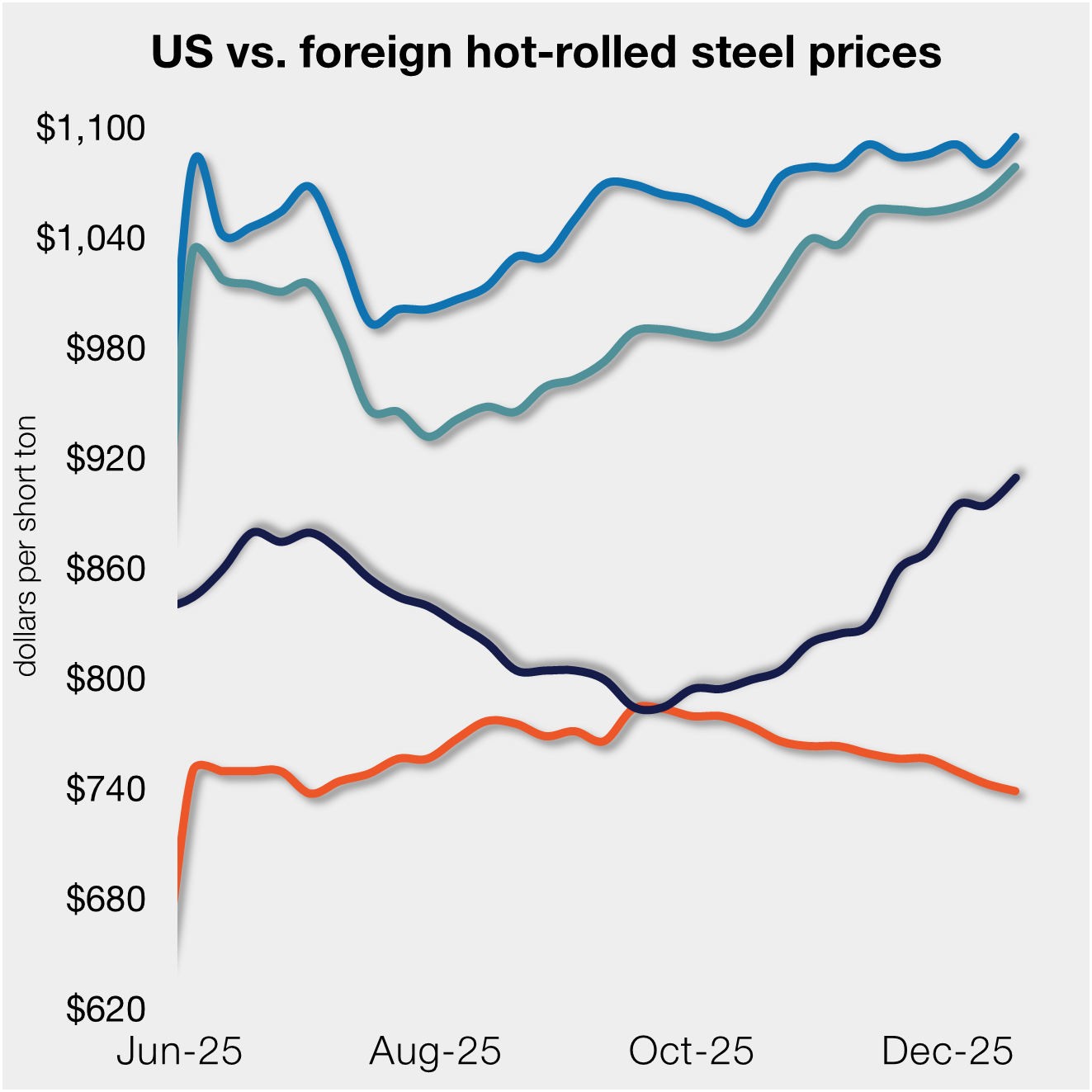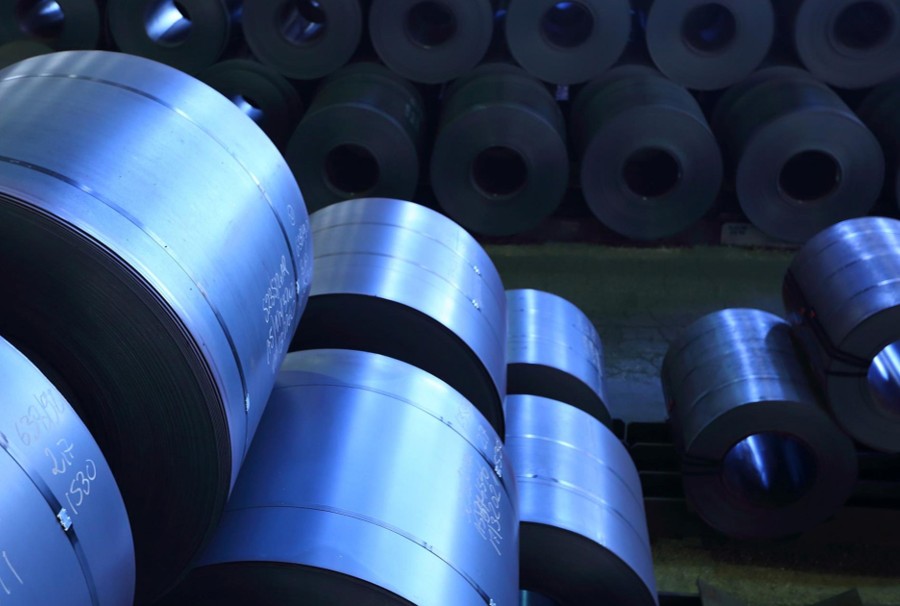Market Data
October 21, 2024
SSAB OK'd for $139M from European Commission for decarb
Written by Ethan Bernard
Sweden’s SSAB has been given the green light for €128 million ($139 million) by the European Commission (EC) for the steelmaker’s efforts at decarbonization.
The next step is approval from the Swedish Agency for Economic and Regional Growth to support the project through the EC’s Just Transition Fund.
A spokeswoman from SSAB told SMU that the company welcomed the EC’s decision and is now awaiting notification from the Swedish Agency.
“We hope to have a decision soon and look forward to implementing our transition to fossil-free steelmaking in Luleå at a high pace,” she added.
The Commission said the aid would support SSAB’s transition from the current coal-based steel production process in Luleå, in northern Sweden, to a nearly zero carbon emission system.
The operation will use an electric-arc furnace (EAF), and there will be equipment for secondary metallurgy and a caster.
The support is expected to accelerate the project by three years, with the new project slated to start producing “green steel” by 2029. The mill will have an annual capacity of 2.5 million metric tons of green slabs.
“This will contribute to the greening of the steel value chain, in line with the EU’s target of climate neutrality by 2050. At the same time, the measure ensures that competition is not distorted,” Margrethe Vestager, EVP in charge of competition policy, said in a statement on Oct. 20.
Clarification: An earlier version of this article said the funding had already been awarded.







